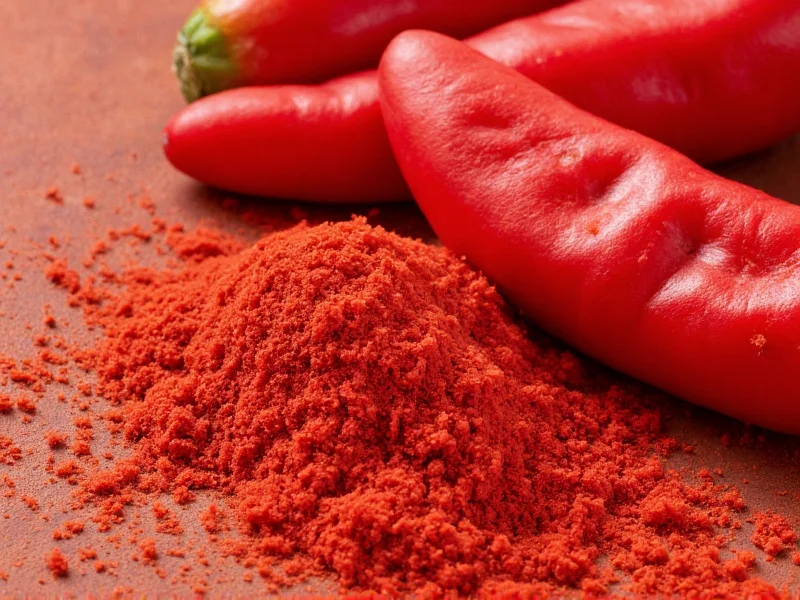Understanding what chamoy flavor tastes like requires experiencing its remarkable balance of seemingly contradictory elements. This traditional Mexican creation delivers an immediate tangy punch from the pickled fruit base, followed by a gradual build of chili heat, all anchored by a salty undertone from the preservation process. The final touch of sweetness rounds out the experience, creating what food enthusiasts describe as a 'flavor rollercoaster' that keeps your taste buds engaged.
The Origins of Chamoy Flavor
Despite its deep integration into Mexican culinary tradition, chamoy's roots trace back to Asian preservation techniques. The name likely derives from hamoy, the Filipino term for Chinese preserved fruits. Chinese immigrants brought this method to Mexico via the Philippines during the Manila-Acapulco Galleon trade (1565-1815). Mexican artisans adapted the technique using local ingredients, particularly native chilies, transforming it into the distinctive Mexican chamoy flavor profile we recognize today.
Key Components of Authentic Chamoy
Traditional chamoy production involves several critical elements that create its signature taste:
| Component | Function | Common Examples |
|---|---|---|
| Fruit Base | Provides tartness and natural sweetness | Apricots, plums, mangos, tamarind |
| Chilies | Delivers heat and complexity | Chamoy chilies, guajillo, arbol, de árbol |
| Acid Component | Preservation and tanginess | Lime juice, vinegar, tamarind paste |
| Salt | Preservation and flavor enhancement | Sea salt, Himalayan pink salt |
| Sweetener | Balance and depth | Sugar, piloncillo, honey |
How Chamoy Flavor Differs from Similar Profiles
Many confuse chamoy with tamarind or other sweet-sour sauces, but the difference between chamoy and tamarind is significant. While tamarind offers primarily sweet-tart notes with earthy undertones, chamoy delivers a more complex experience with its signature four-element balance. Tamarind lacks the spicy dimension and salty preservation notes that define authentic chamoy. Similarly, while Asian plum sauces share some sweet-sour characteristics, they typically miss the chili heat and salt preservation elements that make chamoy unique.
Popular Applications of Chamoy Flavor
Chamoy's versatility explains its enduring popularity in Mexican cuisine and growing international appeal:
- Street snacks - Fresh fruit cups (especially mango, pineapple, and watermelon) generously coated in chamoy and chili powder
- Traditional candies - Hard candies, gummies, and lollipops featuring concentrated chamoy flavor
- Beverages - Chamoyadas ( shaved ice drinks) and micheladas with chamoy rims
- Culinary uses - Marinades for meats, glazes for roasted vegetables, and dipping sauces
- Modern fusion - Chamoy-flavored popcorn, potato chips, and even ice cream
How to Identify Quality Chamoy Products
When exploring popular chamoy-flavored snacks, look for these quality indicators:
- Ingredient transparency - Authentic products list specific fruits and chilies rather than vague "natural flavors"
- Balance - No single element (sweet, sour, salty, spicy) should dominate the others
- Texture - Traditional chamoy has a slightly thick, syrupy consistency from the fruit pulp
- Color - Varies by fruit base but should appear vibrant, not artificially neon
- Aftertaste - Quality chamoy leaves a pleasant, lingering flavor rather than chemical or artificial notes
Culinary Tips for Using Chamoy Flavor
For those interested in how to use chamoy in recipes, consider these professional techniques:
Chefs recommend starting with small amounts (1-2 tablespoons) when incorporating chamoy into dishes, as its flavor intensifies during cooking. For marinades, combine chamoy with complementary ingredients like garlic, cumin, and orange juice. When making chamoyadas, freeze the chamoy mixture with the ice for more consistent flavor distribution. For a sophisticated touch, reduce chamoy with a splash of tequila to create an elegant glaze for grilled proteins.
Regional Variations Across Mexico
Mexico's diverse regions have developed distinctive interpretations of authentic chamoy recipe traditions:
- Northern Mexico - Features bolder chili heat with arbol and habanero peppers
- Central Mexico - Emphasizes fruit sweetness with mango and tamarind bases
- Coastal regions - Incorporates citrus elements like lime and orange for brighter acidity
- Yucatán Peninsula - Adds achiote and habanero for distinctive color and heat
Modern Interpretations and Global Influence
Chamoy's popularity has expanded far beyond traditional applications. Contemporary food artisans are creating innovative products like chamoy-flavored craft sodas, artisanal hot sauces, and even chamoy-infused spirits. The flavor profile has influenced culinary trends across North America, with chefs incorporating chamoy elements into fusion dishes that blend Mexican traditions with other culinary heritages. This global appreciation has led to more accessible chamoy sauce ingredients in mainstream grocery stores and online retailers.











 浙公网安备
33010002000092号
浙公网安备
33010002000092号 浙B2-20120091-4
浙B2-20120091-4